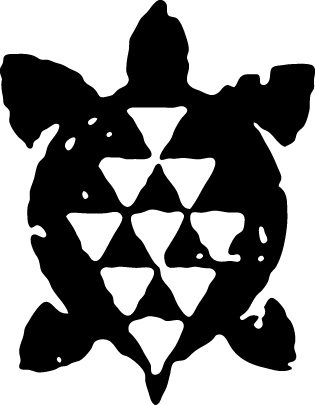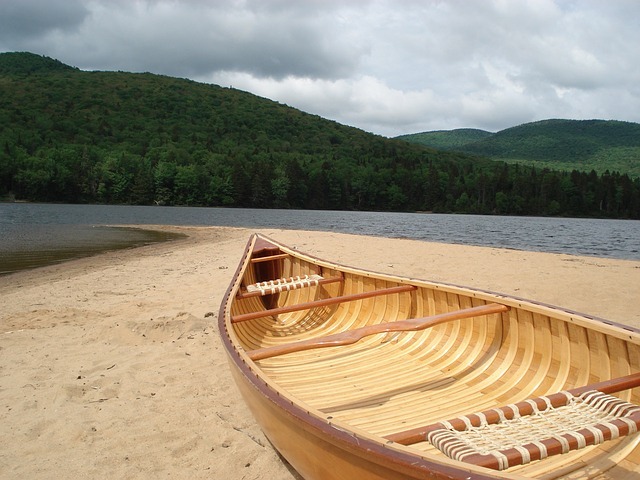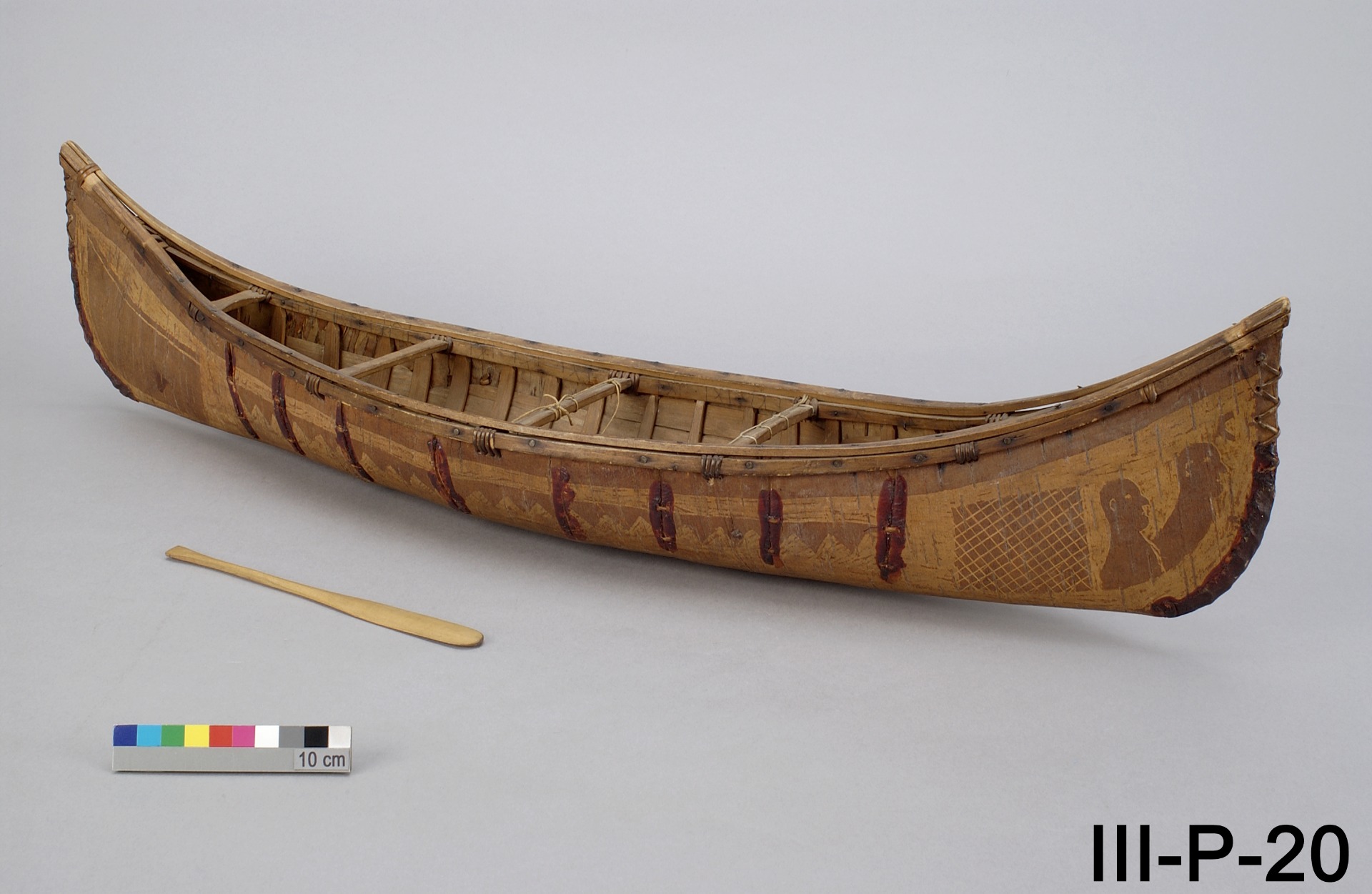
 0
0The bark canoe in North America
Several other interactive stations are displayed in the exhibition. Look for the posters, scan the QR / NFC codes or transcribe the hyperlink to discover a flood of information on the theme of the canoe!
Yahndawa' [Learn the Wendat language!]
“River”

Yahonwa' [Learn the Wendat language!]
“Canoe, boat”

With the advent of the fur trade and the ensuing intensification of cultural contacts as of the early 17th century, the shapes of the bark canoes associated with each of the different Indigenous peoples became less distinctive.

The most obvious differences between the canoes of the various Indigenous peoples can be seen at the ends of each boat. For example, the ends of Atikamekws canoes were usually higher than those of Huron-Wendat canoes.
AT YOUR PADDLES! Which tree supplied the Huron-Wendat with the bark they needed to cover their traditional canoes?
Navigate to our next interactive stations!
